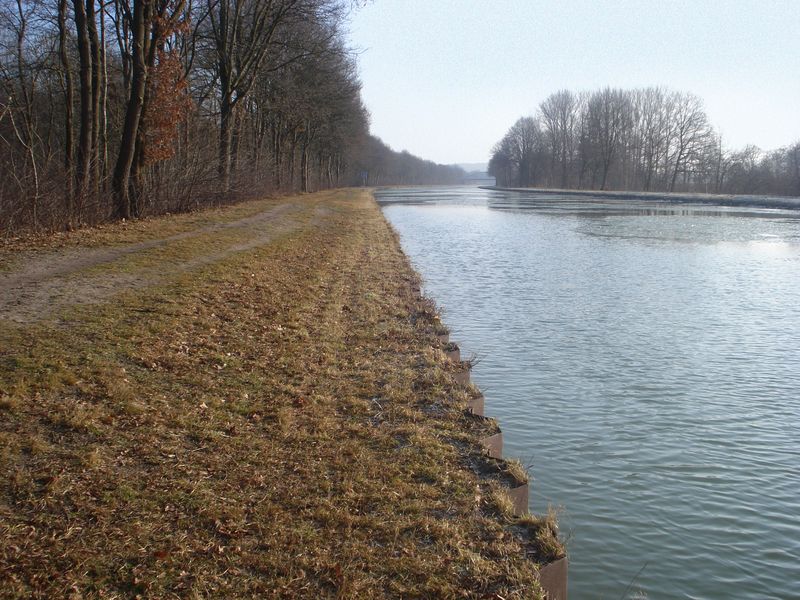Rheine, North Rhine-Westphalia; Emsland, Lower Saxony:Dortmund-Ems Channel, adaptation of the northern section of the waterway
Disciplines
-
Marine
-
Hydraulic Engineering
Companies
Dorsch Engineers
Client
Waterway construction department Datteln
Duration
From 2009 to 2012Project Activities
- Object and supporting structure planning of three canal holdings
- Object and supporting structure planning of culverts, inverted siphons and docks
- Object and supporting structure planning for the dismantling of 2 locks
- Object planning for 13 bridges including traffic facilities,
- Inspection of waterway lanes
- Proof of evidence regarding the dam stability according to MSD
- Concepts for soil storage and re-use.
- Detailed schedule of construction phases
- Comprehensive discussion of alternatives
Contact
Dorsch Engineers GmbH
München (Headquarters)
80687 München
Germany
Phone: +49 89 5797-0
Fax: +49 89 5797-800
E-Mail: info@dorsch.de
Description
The big locks at Bevergern, Rodde, Venhaus, Hesselte and Gleesen in the northern section of the Dortmund-Ems-Channel (DEK - North) were built between 1914 and 1918. They are approx. 90 years old and therefore merely have a usable chamber width of 10 m. A budget plan approved by the Federal Ministry of Transport, Building and Urban Development in connection with a contract signed with the regional authorities is the basis for the replacement of the 5 locks. The priority goal of the project is the replacement of the 5 diverging locks and in this context an improvement of use of the northern section of the DEK. For all construction measures which become necessary regarding the replacement the waterway class Va is considered as adequate for the present development of ship dimensions.
Within the scope of preliminary drafts different alternatives for the replacement of the 5 big locks of the northern section of the DEK are designed. For the segment in the federal state of North-Rhine Westphalia two alternatives exist. In Lower Saxony there are four.
After a comprehensive discussion of possible alternatives the most suitable ones will be followed up in the subsequent design process.

